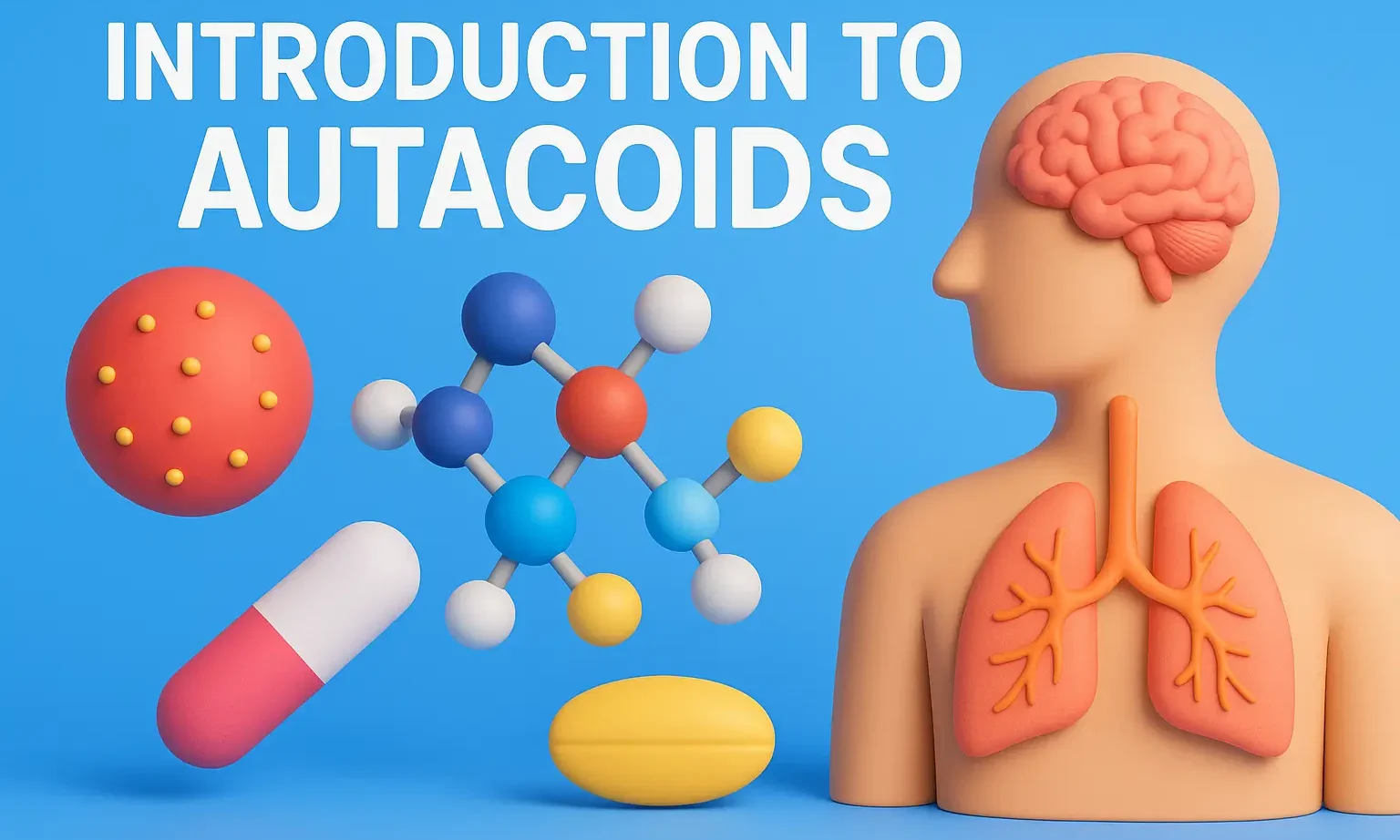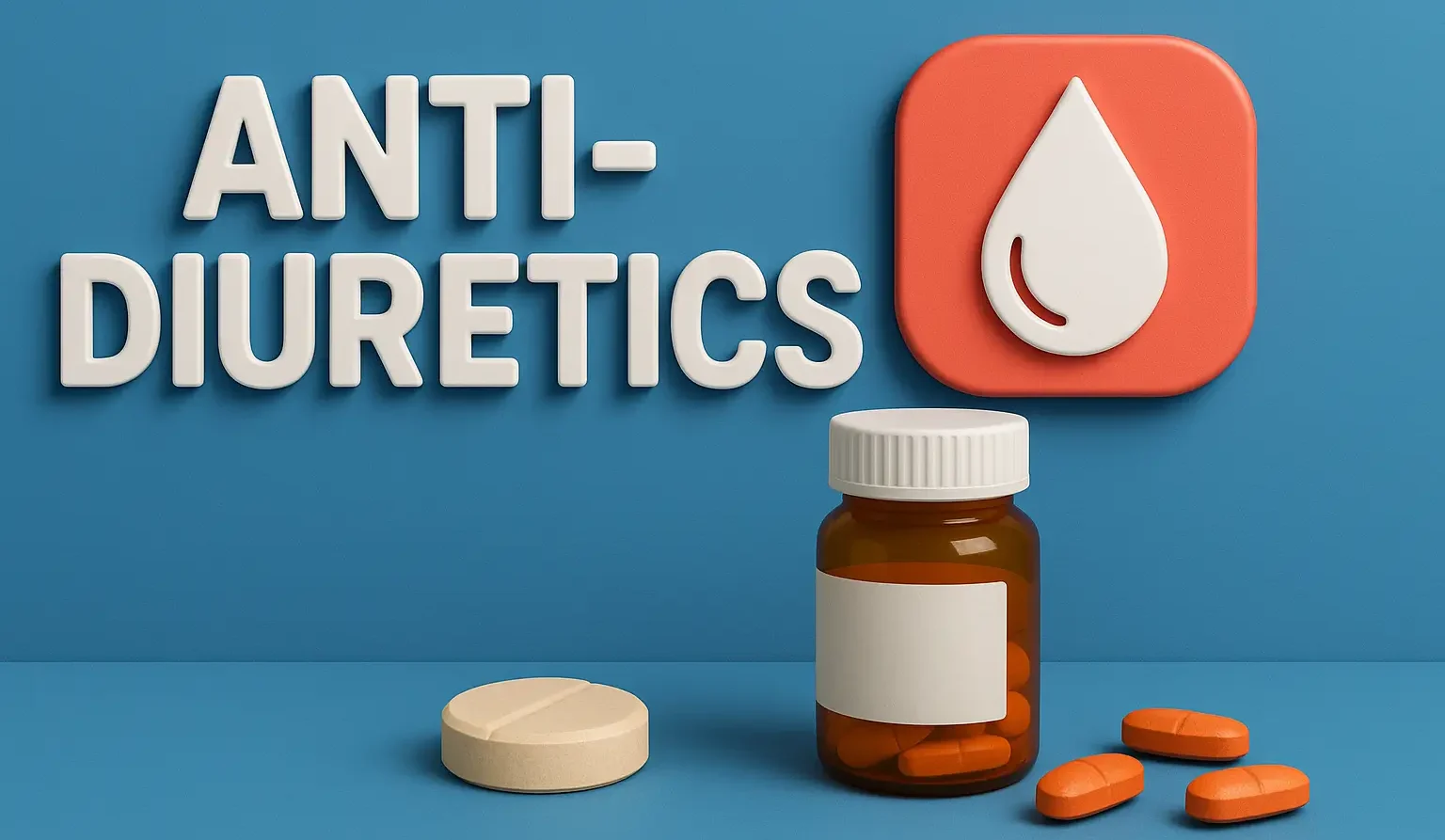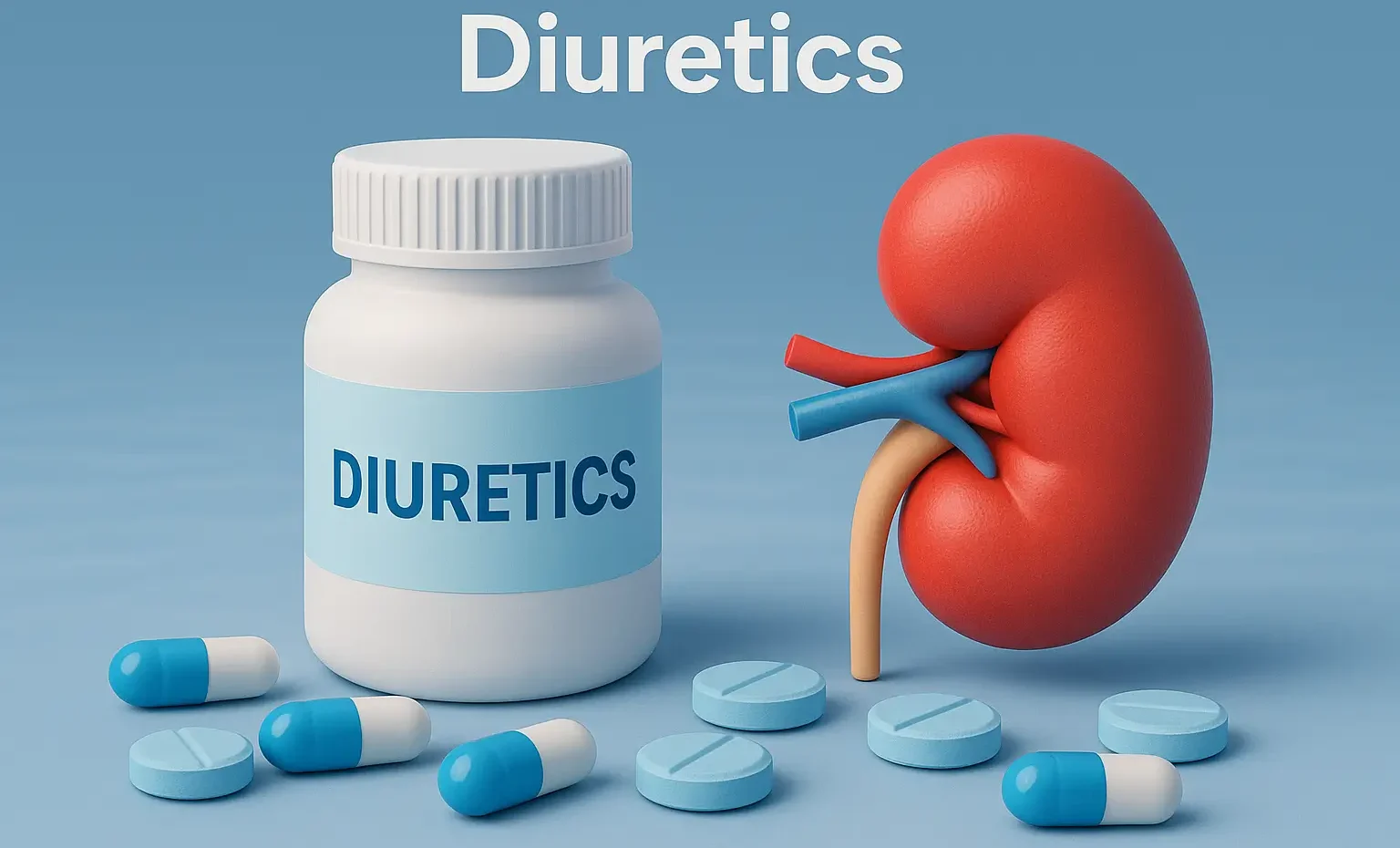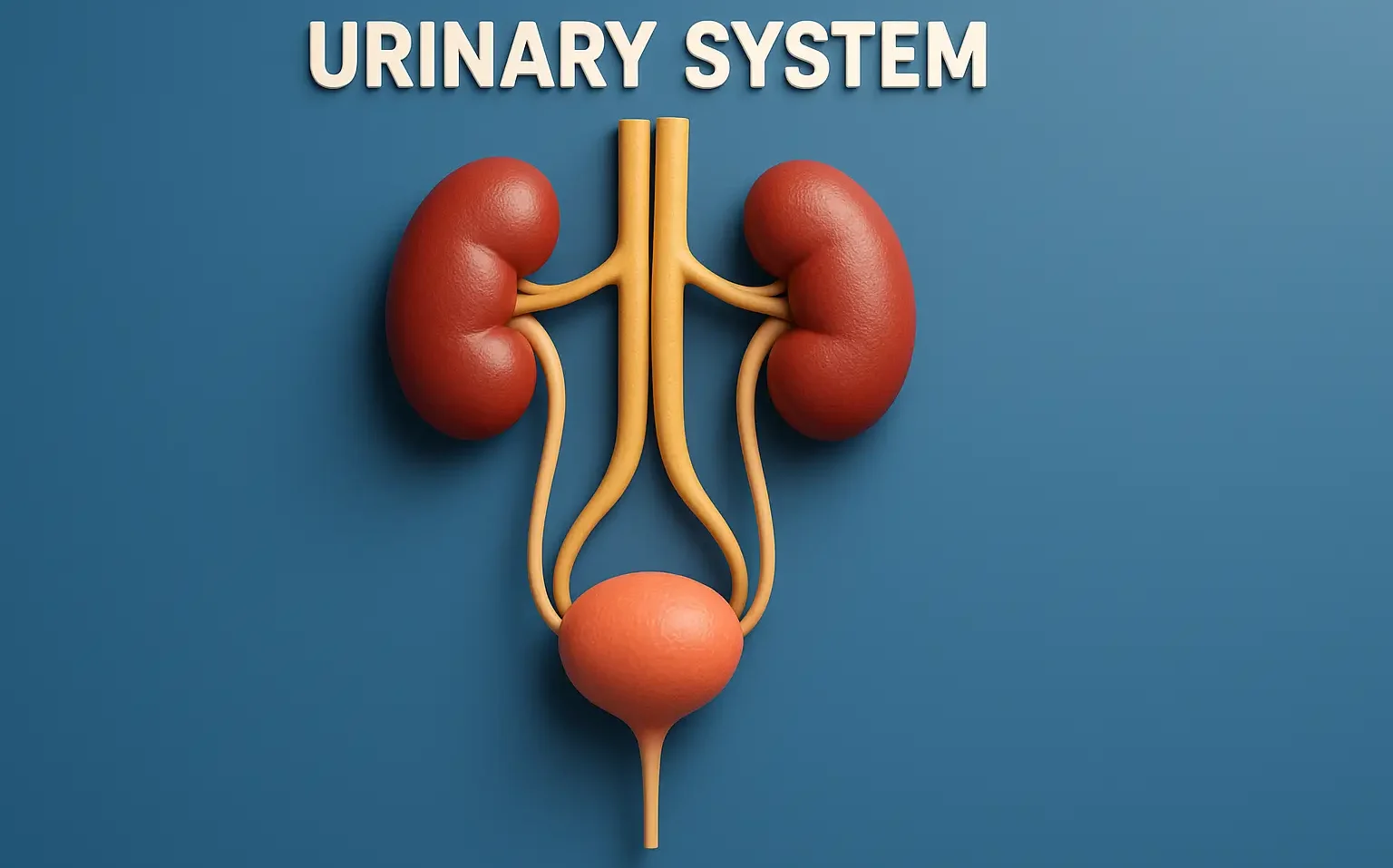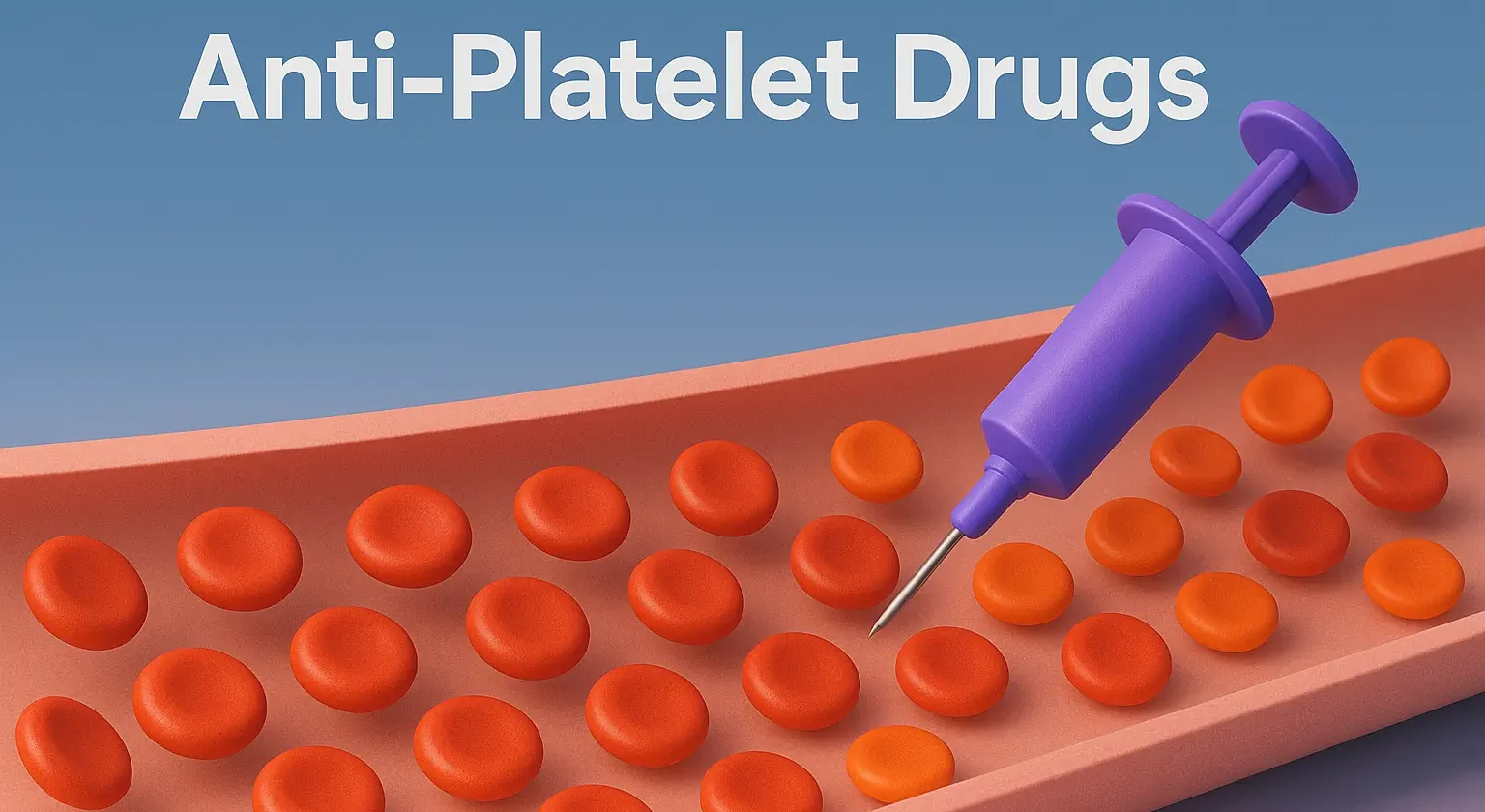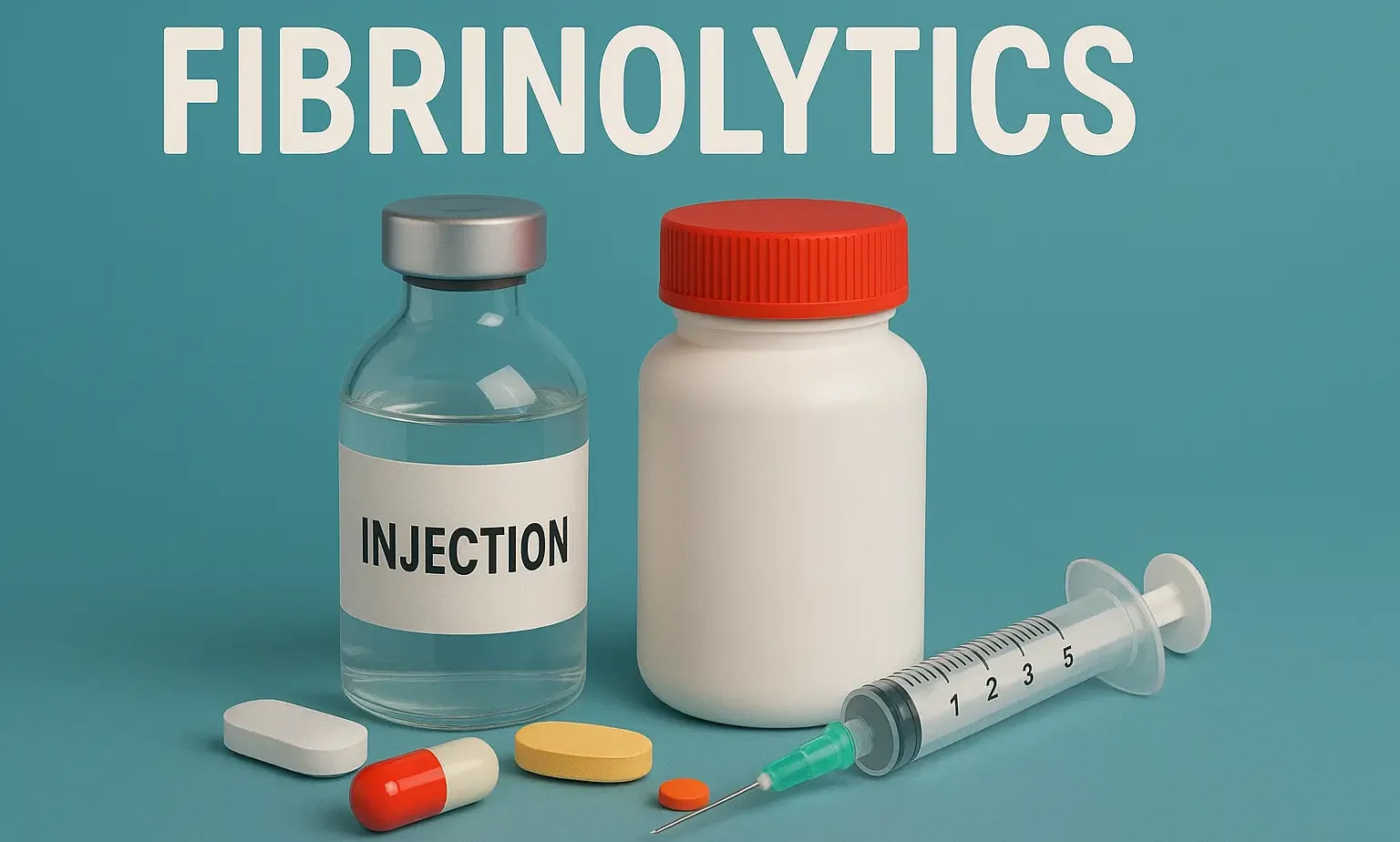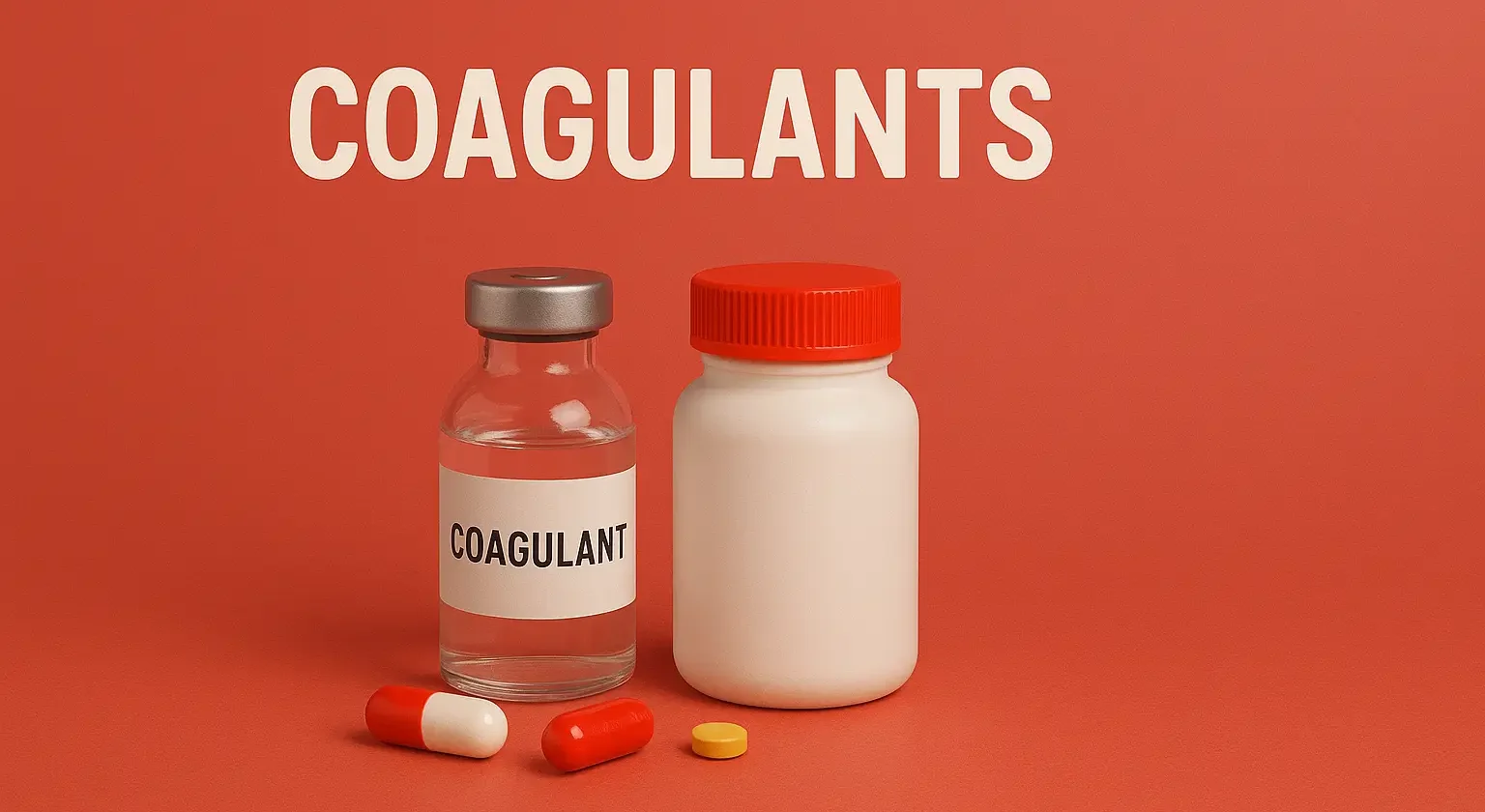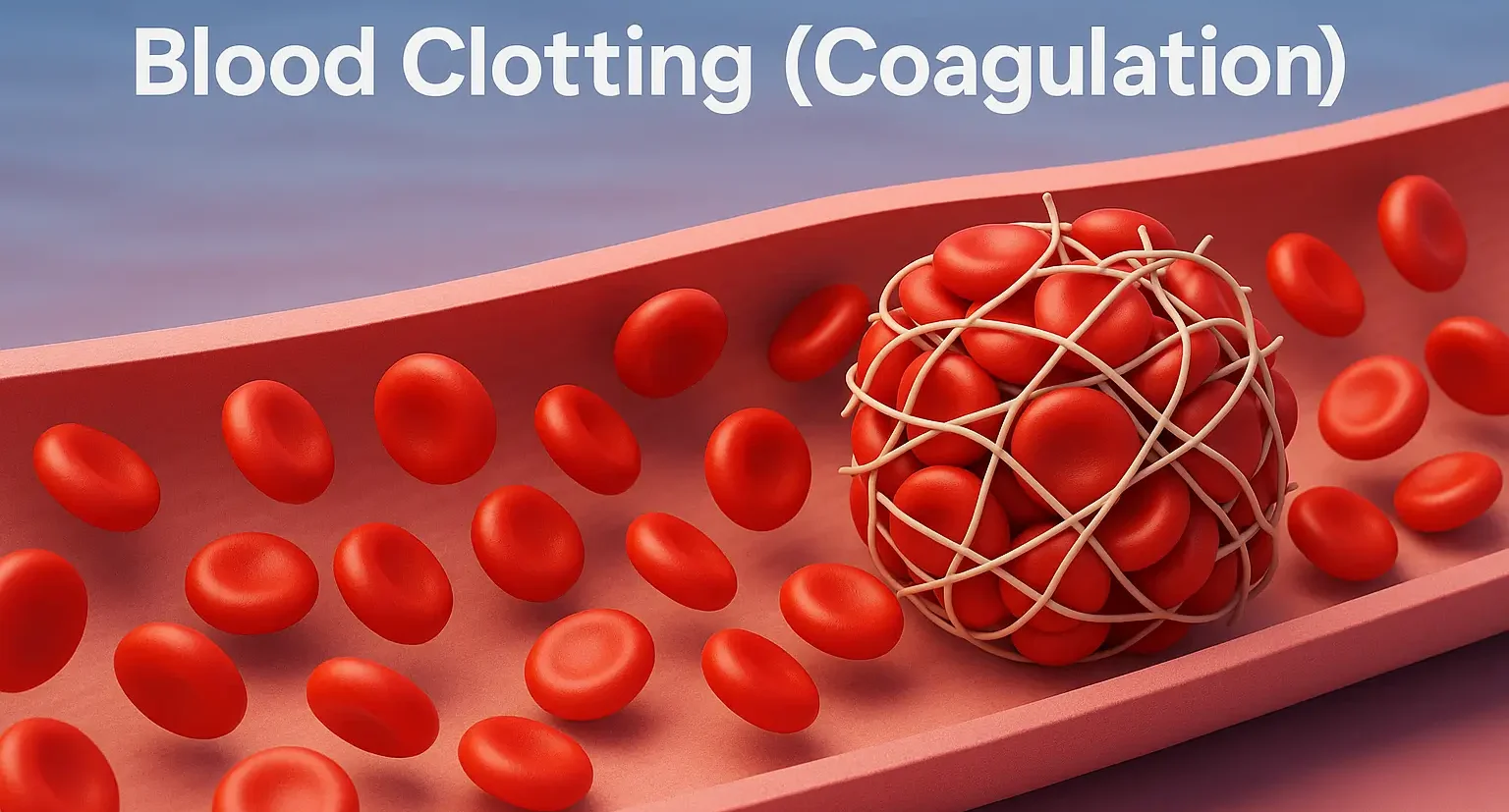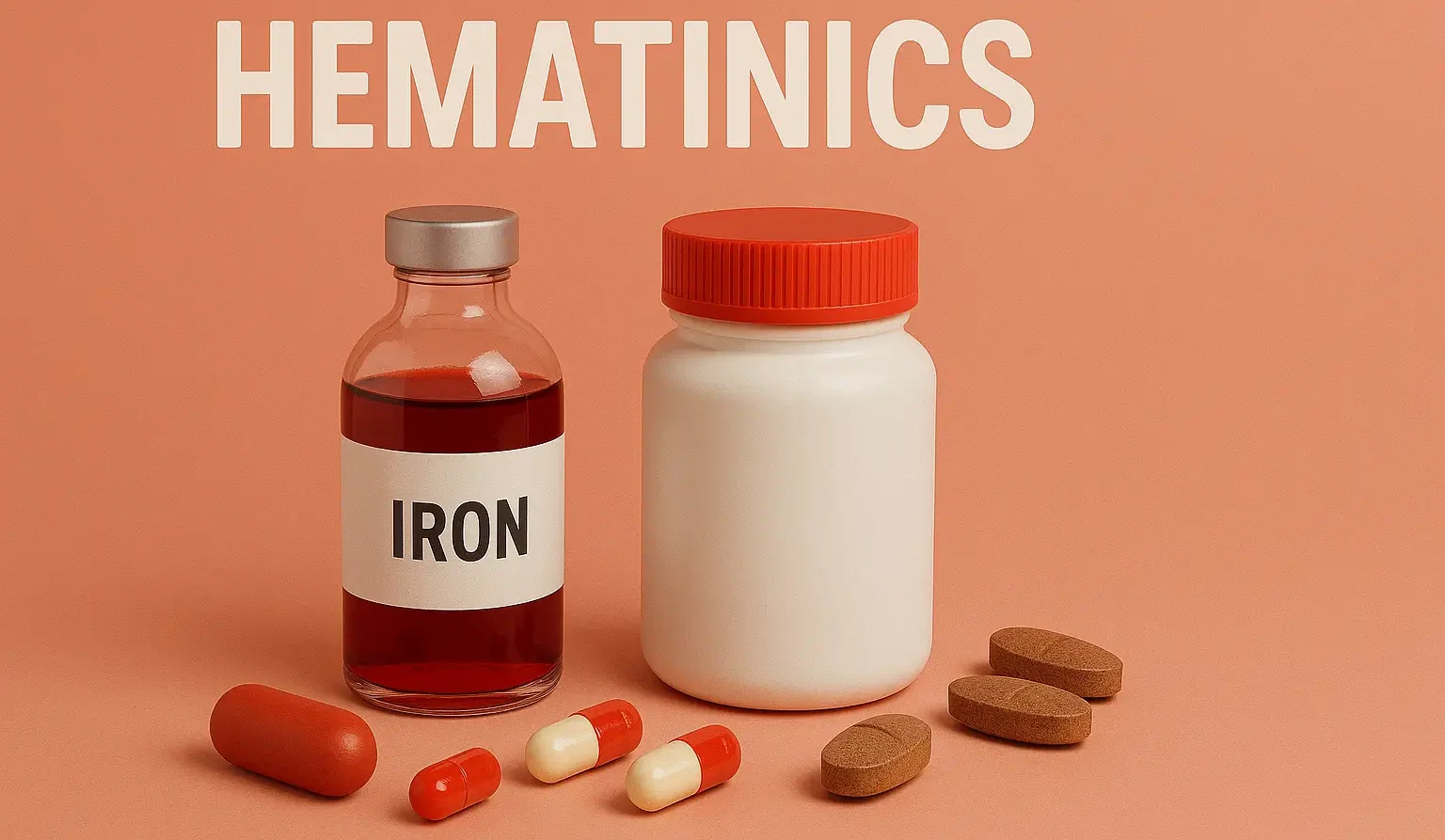Introduction to Autacoids
Introduction to Autacoids: Local hormones like histamine, serotonin, prostaglandins. Introduction to Autacoids: Used in allergy, inflammation, and cardiovascular disorders. What Are Autacoids? Autacoids are biologically active substances produced within the body that act locally to regulate various physiological functions. Unlike hormones, which are secreted into the bloodstream and act on distant targets, autacoids exert their … Read more

